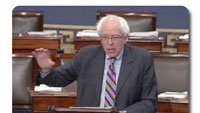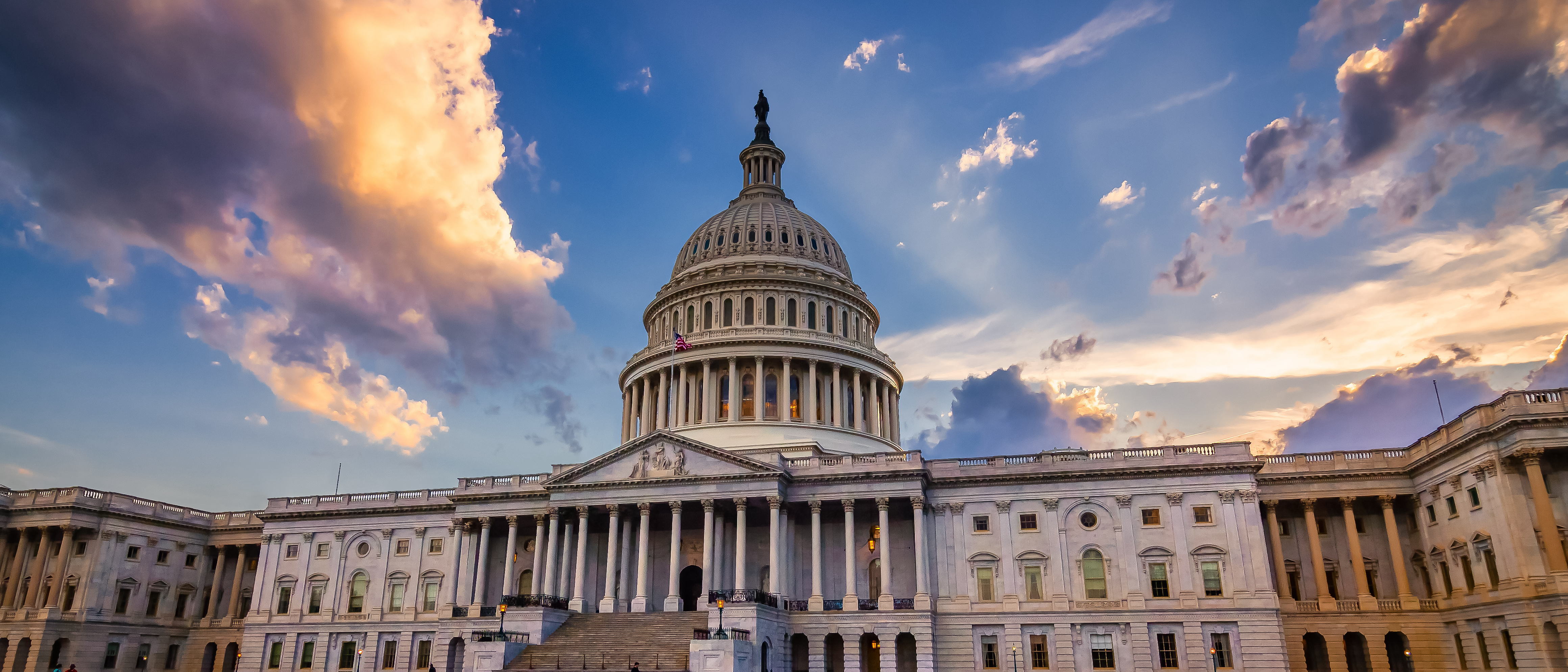Digital TV converter coupons in short supply

Less than 45 days before analog television is turned off, government coupons for discounted DTV converter boxes are drying up fast.
In the past two weeks, orders increased 30 percent. However, even before the holiday spike in requests, mail delivery of the coupons was taking up to four weeks. That gives consumers who ordered by the end of 2008 only two weeks to buy converters before the transition.
However, many members of Congress are worried that the increased demand will lead to even greater delays in getting the coupons to consumers.
Rep. Edward J. Markey, D-MA, chairman of the House Subcommittee on Telecommunications and the Internet, told the “Washington Post” that “it is becoming increasingly clear that at minimum Congress may need to quickly pass additional funding for the converter box program in early January to prevent any delay in coupon availability or issuance.”
Congress originally allocated $1.5 billion to provide $40 vouchers to help offset the cost of the converters, which cost between $50 and $80. Markey told the “Post” that “lingering consumer confusion” about the transition and a possible shortage of converter boxes could threaten the transition’s success.
Todd Sedmak, spokesman for the National Telecommunications and Information Administration (NTIA), the agency within the Commerce Department that is running the coupon program, said that so far consumers have requested 44 million coupons, and they have redeemed nearly 18 million.

Coupons can be ordered until March 31, or as long as supplies last. The NTIA said last week that it may need additional funds to ensure enough coupons are available in time for the transition.
The professional video industry's #1 source for news, trends and product and tech information. Sign up below.
Each household is eligible to order two $40 coupons, which expire after 90 days. Unredeemed coupons are supposed to be redistributed to other households. But as demand increases, some consumers could find themselves on a waiting list until funds from unredeemed coupons become available. That means some viewers who rely on antennas to receive TV signals may not get a coupon before the transition takes place.
Sen. Bernard Sanders, I-VT, introduced legislation this month asking Congress to give consumers an additional allowance to help offset the cost of a new antenna, should they need one. He is also pushing cable companies to offer a low-priced basic cable service to viewers who lose at least one station because of the switch. Most consumers will not know if they need a stronger rooftop antenna until the transition occurs.
“It would be traumatic and outrageous to create a transition program and the result of that being millions of low-income citizens losing what they have today,” Sanders said. “There should be money in the stimulus package for it.”
The converter box may not help everyone. Some over-the-air viewers may need to get a more powerful antenna to receive the digital signals. Viewers in urban, hilly or rural areas could have trouble tuning in due to multipath problems.
An analog picture degrades as signals get weaker, but digital signals either come in clearly or not at all, a phenomenon called the “cliff effect.” Many viewers on the edge of a TV station’s coverage area could lose their picture.
